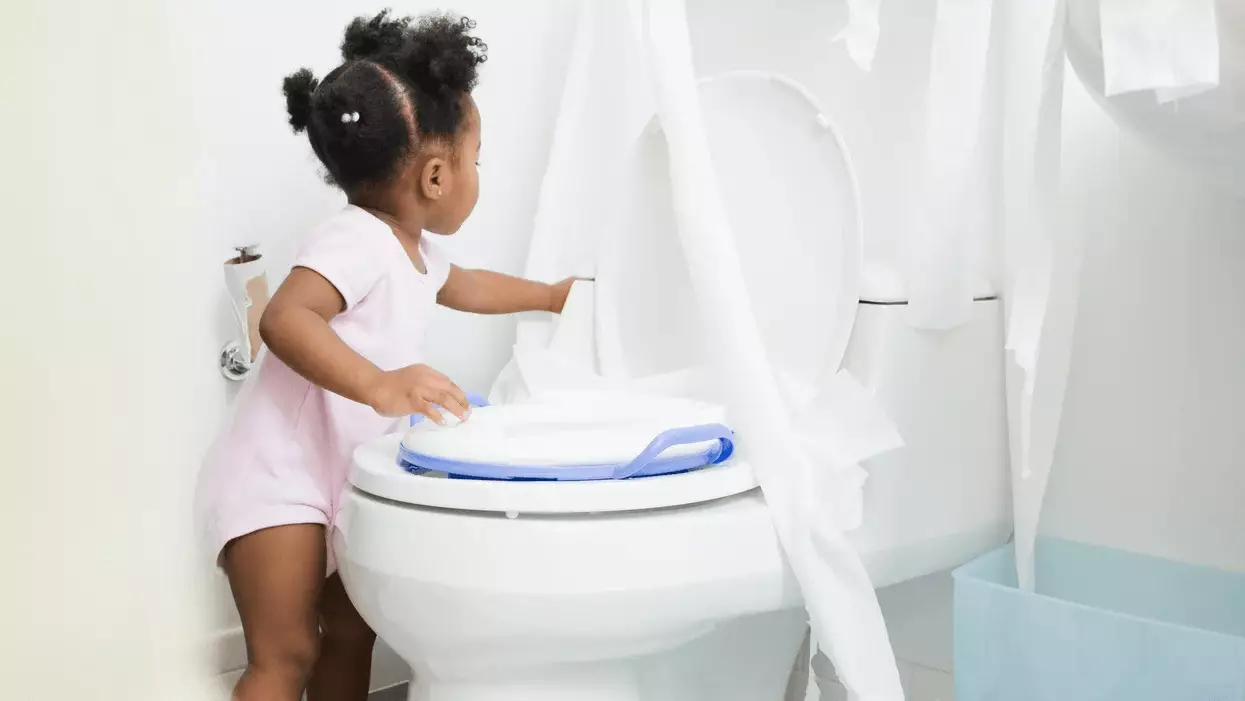The journey of potty training is often filled with anticipation, joy, and yes, a fair share of stress. Many parents experience a spectrum of emotions as they help their children transition from diapers to independence in using the toilet. However, this achievement can be fraught with challenges, especially when regressions occur. In this article, we will delve into the factors contributing to these regressions and effective strategies to manage them while encouraging a positive potty training experience.
Potty training regressions are commonplace, particularly when a child faces significant changes in their environment or routine. Relocating to a new home, the arrival of a sibling, or challenges like a global pandemic can throw even the most seasoned potty trainee off course. These regressions can elicit feelings of frustration in parents, who may believe that their efforts to potty train have been undone. However, it’s crucial to understand that such setbacks are a typical aspect of your child’s developmental journey.
Instead of feeling defeated, recognize that potty training regressions are often a natural response to stressors in a child’s life. Acknowledging this truth is the first step toward a more patient and understanding approach to overcoming these hurdles.
Emotion plays a vital role during this stage. If a child has an accident, the worst response a parent can offer is through shaming or frustration. It’s essential to maintain a calm and neutral demeanor—overly dramatic reactions, whether positive or negative, can inadvertently encourage regression. Communicating to your child that accidents occur, without casting blame, can ease their anxiety and reinforce that they are not alone in this learning process.
Instead of focusing on the accident itself, parents can say things like, “Uh-oh, it seems we had a little mishap. Let’s get you cleaned up.” By framing responses in a neutral light, children are more likely to feel secure and understood, thus fostering a healthier emotional environment conducive to learning.
Creating a structured routine can significantly benefit your child’s journey toward successful potty training. To offer a sense of predictability, incorporate regular bathroom breaks into your daily schedule. Transition activities often lend themselves well to brief potty visits—after meals, prior to outings, or before going playtime outside are ideal moments.
Utilizing encouraging language can also provide motivation. Phrases like, “First, we use the potty, then we go to the park,” help lay the groundwork for a consistent behavior pattern, making it easier for children to associate using the toilet with positive outcomes.
The need for control can often provoke resistance in children, especially when they undergo substantial life changes. Offering choices can empower them and allow them to feel involved in their self-care routines. Simple options such as selecting which underwear to wear or which bathroom to use can foster a sense of autonomy in the process.
Moreover, allowing your child to help pick out their potty gear or place their potty where they find comfortable can increase their willingness to participate in toilet training. Each little choice reinforces their agency and makes the entire experience feel more manageable.
For children, feeling secure often translates to wanting attention from their parents. This need increases significantly when a new sibling arrives or when life disruptions occur. Safety and comfort can rapidly diminish in the face of uncertainty. Carving out regular one-on-one time with your child—even during potty visits—can assure them they still hold a pivotal role in your life, mitigating feelings of neglect or jealousy.
When possible, include moments of connection, making each toilet break a time to bond rather than a dull chore. Acknowledging their feelings while guiding them through the process is essential in building their confidence and resilience.
In an effort to manage regressions, maintain consistency with your child’s toilet training regimen. Even during outings or travel—situations often fraught with the temptation to revert to diapers—sticking to the routine aids continuity. This becomes even more imperative as children navigate challenging transitions.
Consistency can help create an environment where the child feels safe, reducing confusion. Encouraging children to continue being responsible even in new settings can streamline the potty training process.
Handling potty training regressions can be a daunting yet manageable aspect of parenting. By understanding the emotional and developmental nuances involved, parents can create effective strategies that promote a positive experience. Each regression can serve as an opportunity for growth—both for the parent and child alike. Acknowledging that setbacks are common, fostering emotional support, creating structured routines, and empowering children with choices are integral to ensuring successful potty training in the long run. And while challenges will arise, remember, consistency and compassion will undoubtedly pave the way to potty training success.

